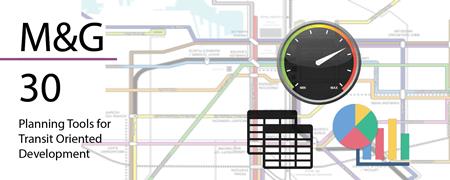 The State of Maryland defines TOD as dense, mixed-use, deliberately planned development within a half-mile of existing or planned transit stations that is designed to maximize the use of transit, walking and bicycling and is supported by state and local government.
The State of Maryland defines TOD as dense, mixed-use, deliberately planned development within a half-mile of existing or planned transit stations that is designed to maximize the use of transit, walking and bicycling and is supported by state and local government.
Beneficial characteristics of TOD include:
- Increased options for walking and cycling, especially welcome in congested areas. A 2009 study of Portland, Oregon ("Transit Oriented Development" by the Victoria Transportation Policy Institute) shows that residents in a TOD use transit four to 10 times more, walk three to four times more, and bike one to two times more than those who live in other areas.
- Maximized return on public investment. An increase in ridership results in more revenue for the transit provider, which provides the public with greater return on investment.
- Reduced air pollution and energy consumption. As more trips are made without vehicles, TOD improves air quality and reduces energy consumption. People who live, work and/or shop in TODs drive 20-40 percent less and reduce greenhouse gas emissions by 2.5 to 3.7 tons per year per household.
- Reduced infrastructure costs. Compact development is generally associated with infrastructure costs that are 5-25 percent less than those for dispersed development.
- Reduced land consumption for development. Built in a compact and high-density pattern, TOD uses less land than conventional, low-density, dispersed development. It helps reduce pressure to develop farmland and other resource lands.
- Economic development catalyst. As a part of a regional development framework, TOD can re-define where and how economic activity will occur and help community revitalization efforts. It boosts local and state tax revenues.
- Enhanced quality of life for residents. By increasing pedestrian travel and emphasizing public space, TOD improves the opportunities for personal interaction. TOD increases safety for pedestrians and bicyclists, helps reduce aggressive driving and enhances sense of community.
- Expands housing choices. TOD includes varied types of housing, which appeal to a wide range of residents who may favor alternative modes of transportation, such as homes on smaller lots, condominiums, town homes, and apartments.
